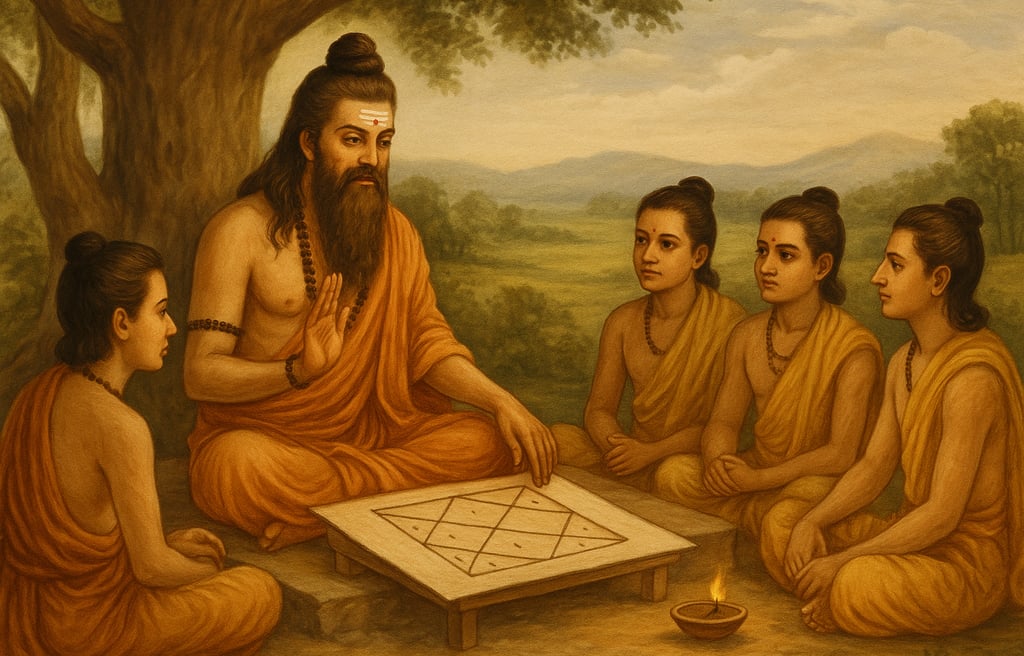A Simple Guide to Vedic Astrology for First-Timers
When most people hear “astrology,” they think of daily horoscopes or zodiac memes. But Vedic Astrology, also known as Jyotish (“the science of light”), is much deeper. It’s an ancient system from India that uses the exact positions of planets and stars at the moment of your birth to create a map of your life.
VEDIC ASTROLOGY
9/20/20251 min read


When most people hear “astrology,” they think of daily horoscopes or zodiac memes. But Vedic Astrology, also known as Jyotish (“the science of light”), is much deeper. It’s an ancient system from India that uses the exact positions of planets and stars at the moment of your birth to create a map of your life.
This map is called your birth chart (or Kundli). It’s like a snapshot of the sky the moment you arrived. Each planet sits in a sign and a house, influencing different areas of your life — from how you think and feel, to your relationships, career, and spiritual lessons.
Think of it this way: if life is a journey, your chart is the GPS. It shows the terrain — the highways, the bumps, and the hidden paths you might not see otherwise.
A Practical Example
Let’s say your Moon (which governs emotions) is placed in Virgo. You might notice you often overthink, analyze feelings, or seek perfection in relationships. Once you see this in your chart, you can practice balance — like keeping a feelings journal instead of trying to “solve” every emotion.
The value of Vedic Astrology isn’t in telling you “what will happen,” but in helping you understand yourself better so you can make choices with awareness.
Moonasya was created for exactly this — to help you see your chart not as fate carved in stone, but as a guide to your soul’s growth.
